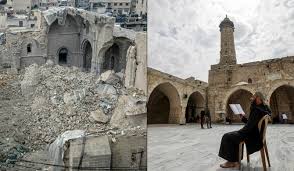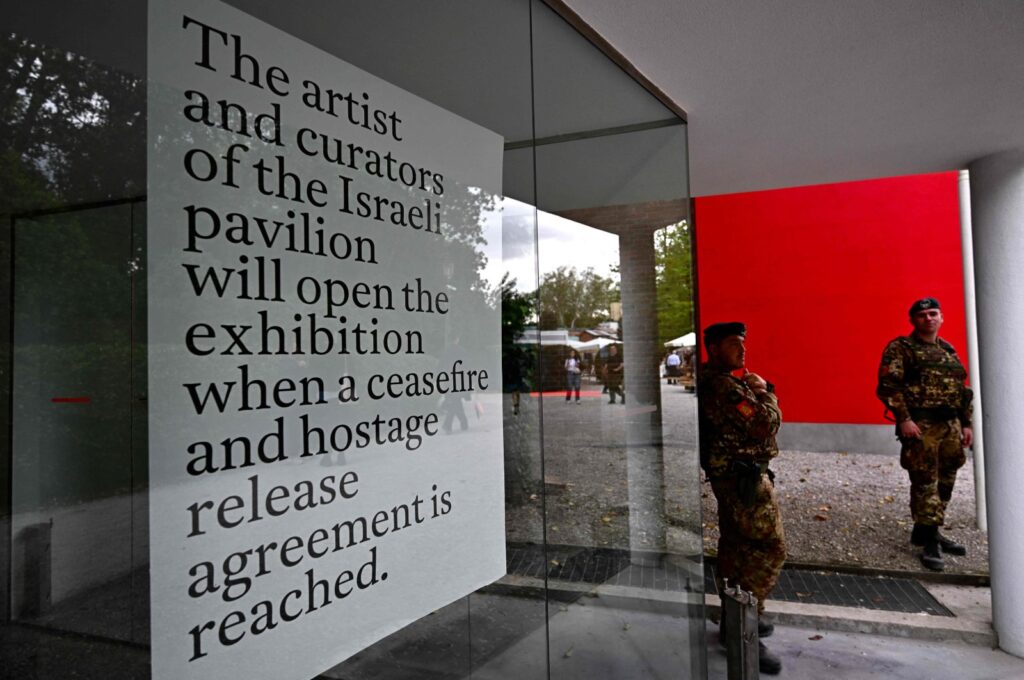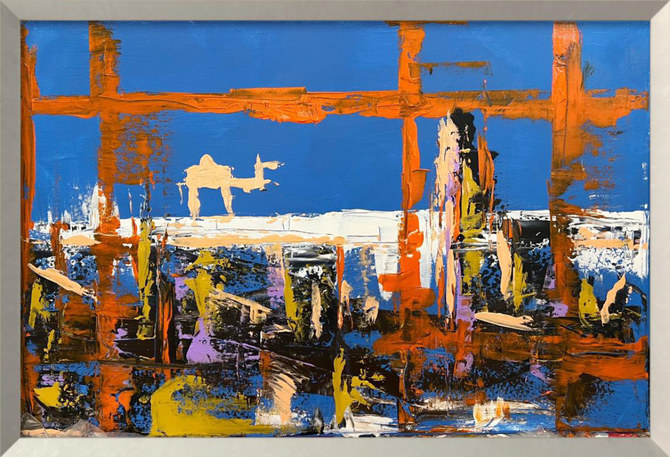
Monitoring Desk
A series of eight paintings depicting a critical vision of life in midcentury Turkey by the young artist Toygun Özdemir is on display under the title ‘Golden Age’ at the neighborhood gallery Öktem Aykut in Istanbul’s Şişhane neighborhood
As a child growing up around the Aegean villages of Izmir province, the painter Toygun Özdemir loved his maternal grandfather. In particular, he found his stories to be fascinating. Even if they were set not far from their quaint, bucolic coastal environment, they were from another world. As his grandfather smiled at him, giving him the kind of affection that is specially shared across the divide of three generations, its distance of time and perspective making the heart grow fonder, Özdemir found that he was hearing the voice of someone who, although familiar, represented an entirely different worldview.

Then tragedy struck, as his grandfather suffered the horrors of a neurological disease that affected his ability to speak. His stories were fading from his mouth, but not from Özdemir’s sharp and visually perceptive young mind. His pride in his grandfather was only accentuated when he reflected on his life as an uneducated man who had come from a tough family background in which his siblings and relatives were rarely, if ever, formally schooled. But his grandfather was different. He taught himself accounting and ran a successful business that enabled his grandson to choose his course of study and be an artist.
After his passing, his spouse, Özdemir’s grandmother, had a fit and nearly threw all of his effects into a blazing fire. Luckily, Özdemir was present and had his wits about him enough to save a cache of antique photographs. Among them were countless visual cues to the stories he had remembered hearing, of his grandfathers’ brother, for example, a dashing, well-dressed, 20-something fellow who drowned during a military training exercise. His absence would mark a persistent call to despair, a scar that ran down the face of the family as they looked at each other with the longing nostalgia of their incalculable losses.
For Özdemir, the photographs were a boon of inspiration. He used them as the basis for visualizing the series of paintings that he came to identify within the scope of his exhibition at Öktem Aykut, entitled, “Golden Age,” in reference to the years in Turkey following the death of Atatürk in 1938, and the ensuing political turmoil that came in the wake of that unspeakably significant event in the memory of Turkish citizens, whether they were born while it happened or not. Özdemir’s paintings show that, despite direct knowledge, the multigenerational traumas shared by a nation are communicated through stories.
On images and frames
Despite the overwhelming trend to merge with the ideological conceptualism and multimedia installation art of the globalized, postmodern milieu Özdemir has focused on the traditional painting discipline. His brushwork is reminiscent of late impressionism that thickened the lines of Vincent Van Gogh, his traces of arboreal sketching then evoking something of the evolutionary spirit of New York’s 1980s painter Keith Haring. As a graduate of the prestigious Mimar Sinan University’s Faculty of Fine Arts, Özdemir went against the grain, not only by working on figurative oils, but by prioritizing story over idea.
Özdemir could be compared with the Nigerian artist Toyin Ojih Odutola, who used pastel, charcoal and pencil drawings to explore narrative. Born in 1985, a year before Özdemir, Odutola, however, painted fictional history in the interest of imagining a better future for disadvantaged communities in Africa. In contrast, Özdemir is a visual storyteller with the eye of a documentarian and an intuitive grasp of past’s resonance in the present. His canvases embrace a pluralistic fluidity, reflecting the multitasking affinities of the digitally-infused, millennial mind to perceive and interpret many pictures at once.


There is a chronology to Özdemir’s paintings at “Golden Age,” beginning with a piece titled, aptly, “GOLDEN AGE No: 1 ‘Compensation’” (2021). The painting appears to be based on three photographs, but whether by composition or proportion, they are altered. The largest frames an aspect of Özdemir’s grandfather’s brother, whose untimely death sends a psychological shiver through the ghostly evocations that, in the style of Özdemir’s oils, waver in form like mental apparitions that might be remembered from a dream-state, or over a rippling, reflective pool. In the corner of the painting there is a likeness of a photograph that was taken in a stupor, where the cloudy visages of three men feast over a table of revelers.
There is an ominous aura about the headless man centered in “GOLDEN AGE No: 1: ‘Compensation’.” His memory is ostensibly linked with a turbulent political moment defined by the long shadow cast by the fate of Adnan Menderes and the historiographic ambiguities that arise in the absence of social cohesion on a national scale. “GOLDEN AGE No: 1: ‘Compensation’” includes an essential image of five figures standing before a rural scene. Özdemir has conceived that part of his work to refer to the building of a specific ship named “Tatvan,” made to sail on Lake Van in eastern Anatolia between 1948 and 1955.
The story of Tatvan is a metaphor, clarified by Özdemir’s able hands, for the saga of 20th-century modernization that Turkey faced head-on, confronting a blank slate in which the past was being refashioned for the conveniences of its contemporaries. Similarly, in early works Özdemir would quote from the range of art history, painting miniature paintings within a scene in which his self-portrait sat beside white, unpainted canvases. In other words, or images, Özdemir seems to be saying, with paint, that Turkey’s artists are often at a loss for their history and must find it at the edge of a backyard fire, in the hands of an elder bent on forgetting.

To color outside time
In Özdemir’s modest Yeldeğirmeni studio, he has the stack of photos that he saved from his grandmother’s sacrificial rite. In one of the bent pictures, his grandfather is leaning on the hood of a classic 50’s automobile, wearing work clothes in the typical air of the day. He is accompanied by a woman and a blonde boy. They are surrounded by a forested highway. Özdemir cites the 1930 William Faulkner novel “As I Lay Dying” as inspiration, not only for the relative concurrence, but for the fragmented anti-formalism of its narration. And it was an epistolary literariness that fired his imagination as he read the back of the photos.
In the painting, “GOLDEN AGE No: 3 ‘The Host’” (2021), Özdemir does not bother with multiple frames, instead of merging that heirloom roadside picture with a mythical eruption of themes that speak directly to how Özdemir has attempted to understand the social ambiance and the political mood of his grandfather’s day. The piece features a beast, a Leviathan as the artist calls it, strung up against a tree. He is asking that eternal question of how to check power when a society of so-called equals upholds the enforcement of rules. But holding his humble ground, his grandfather stood up with a confident poise, ready for the road ahead.
Courtesy: Dailysabah
The post To paint in retrospect: On the canvases of Toygun Özdemir appeared first on The Frontier Post.








